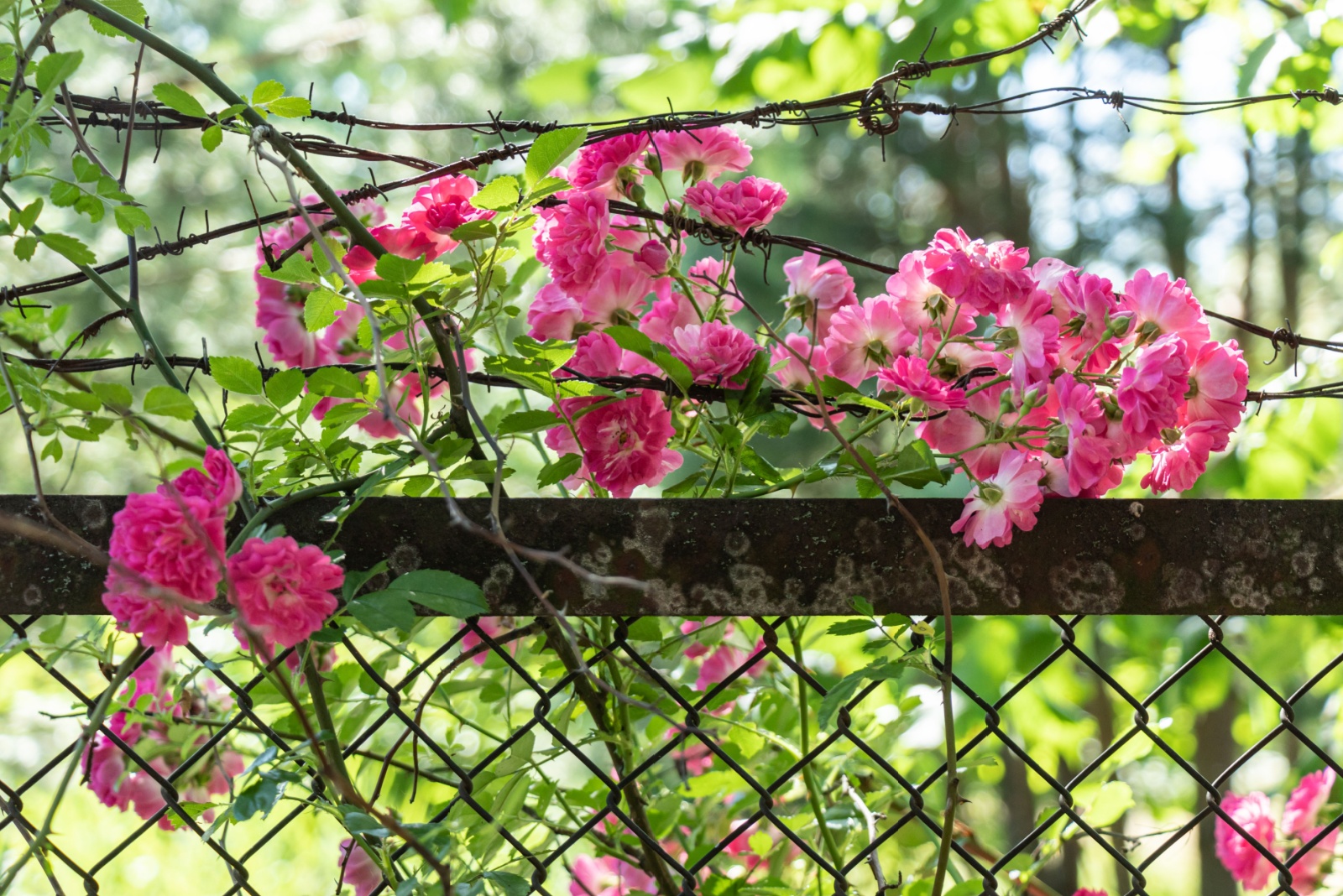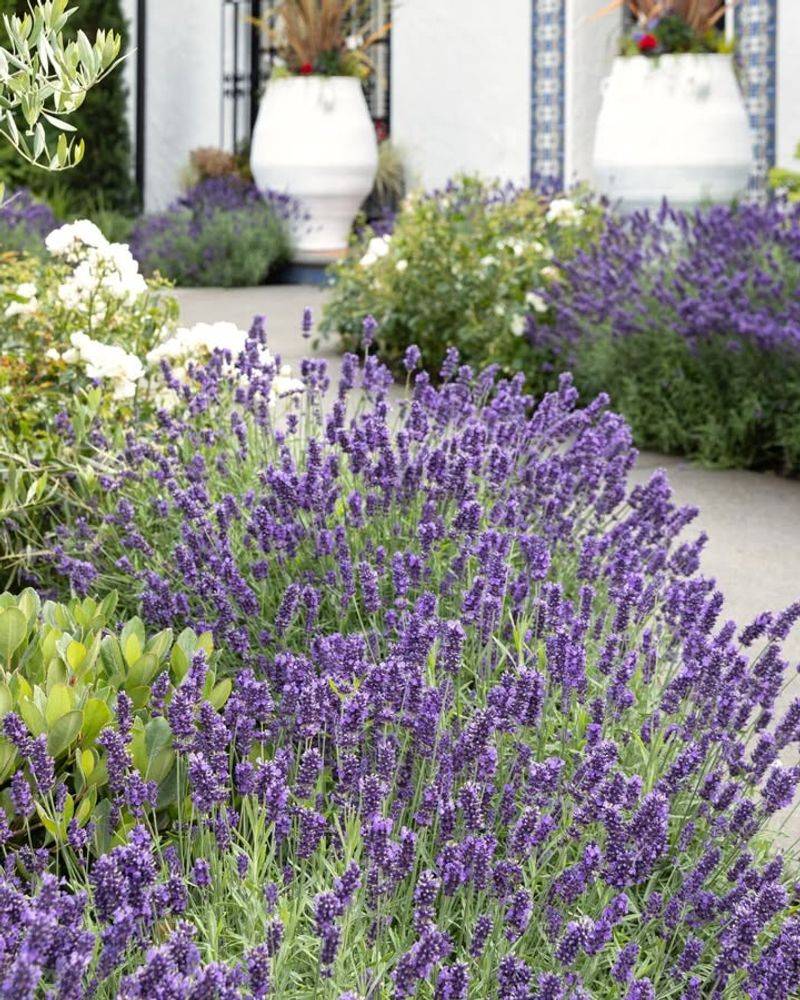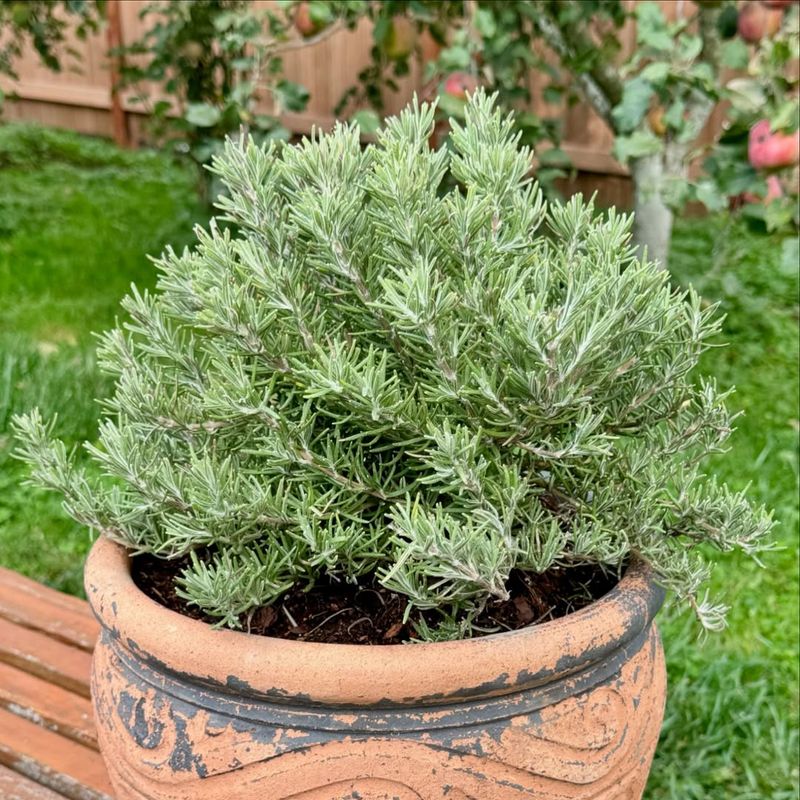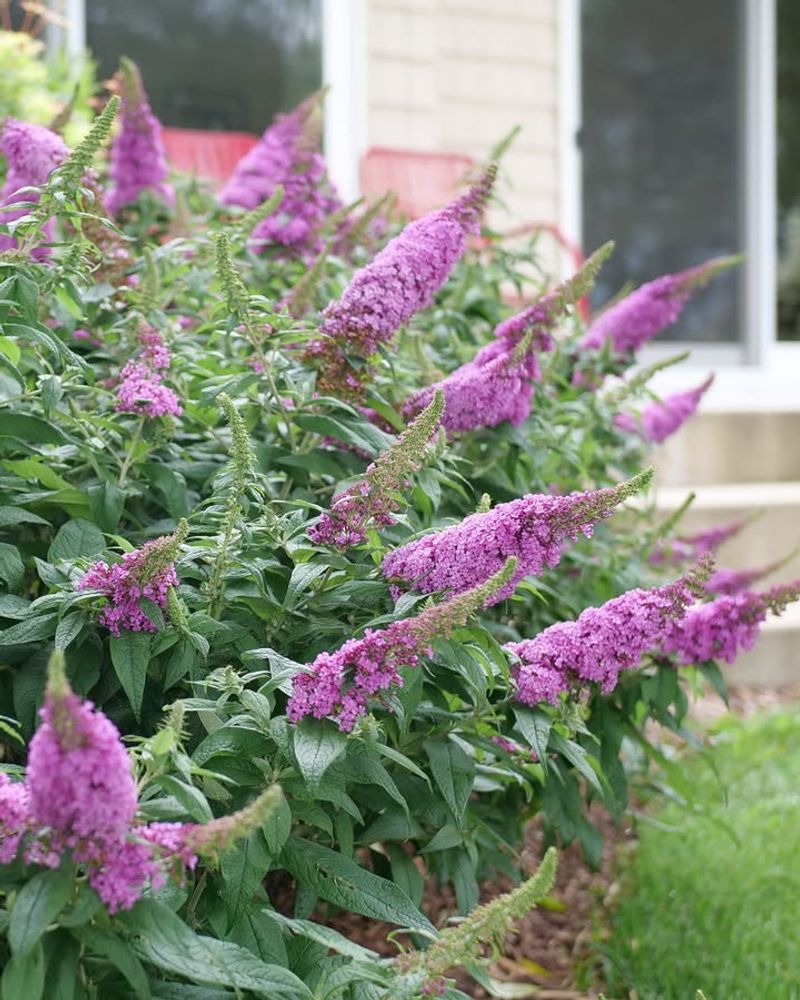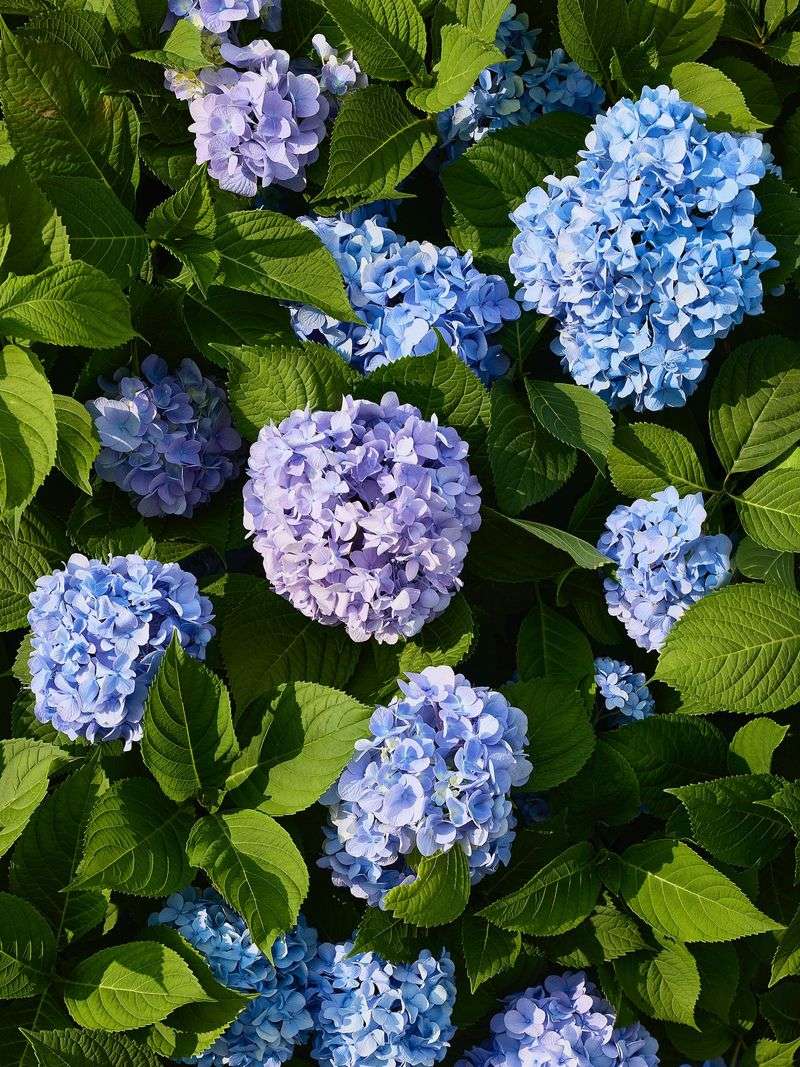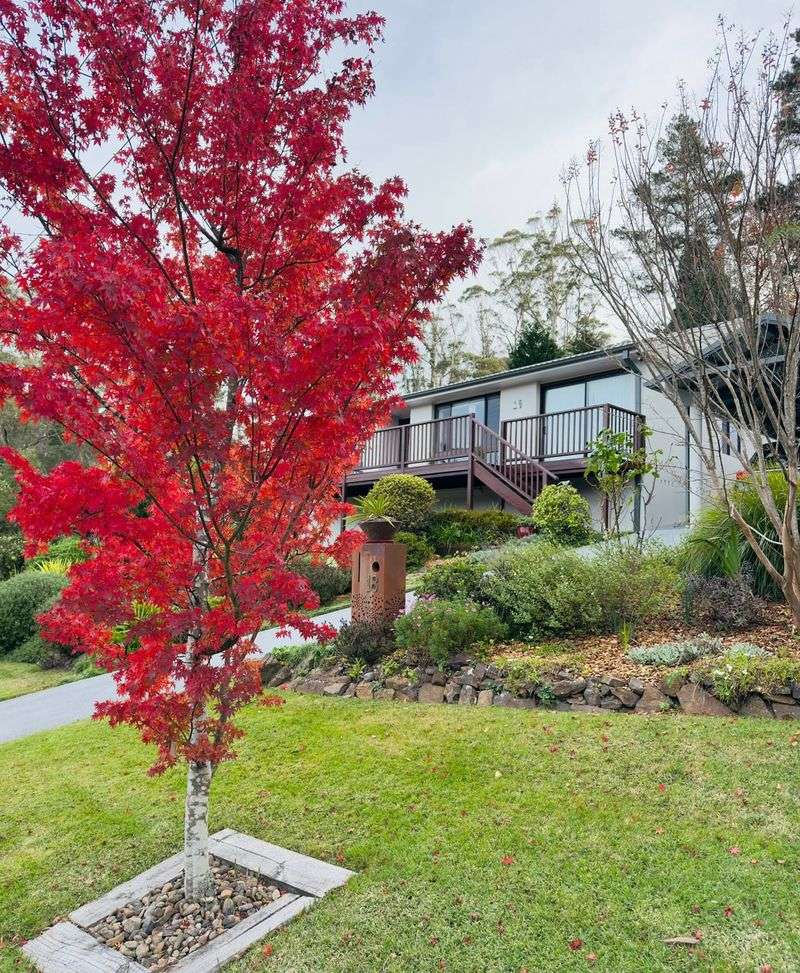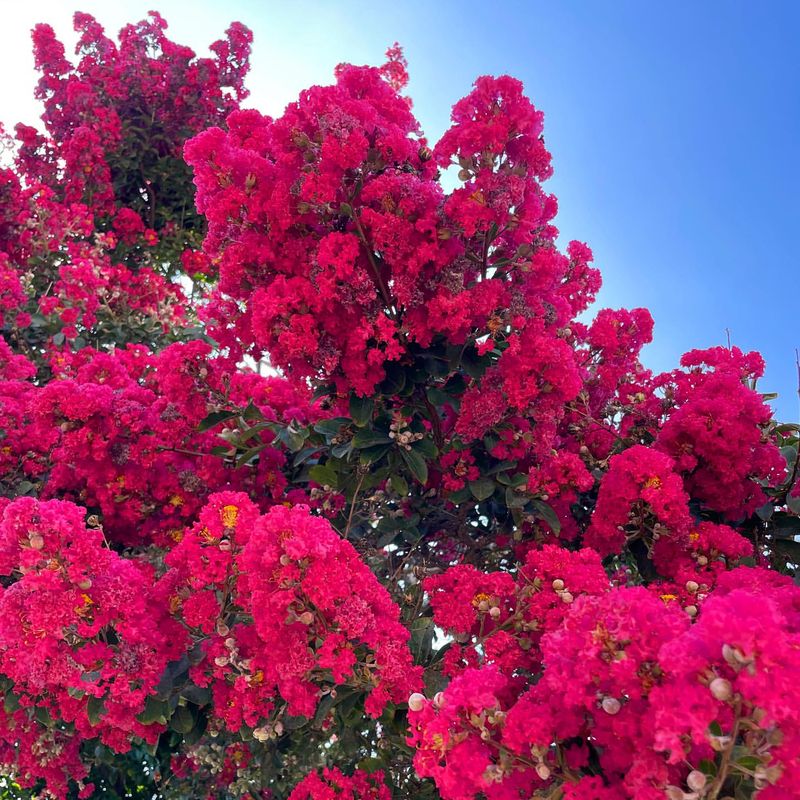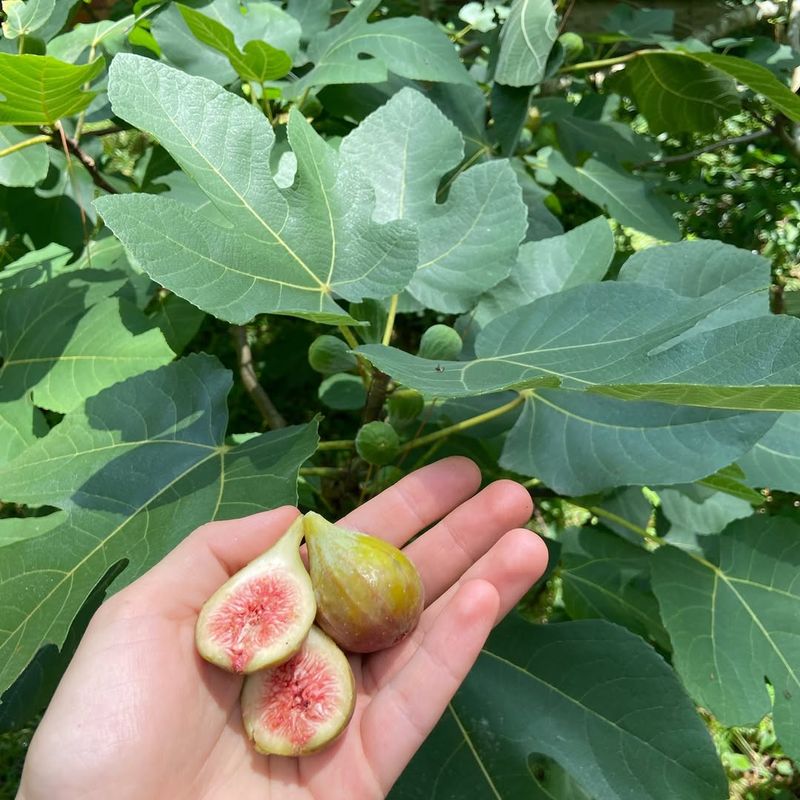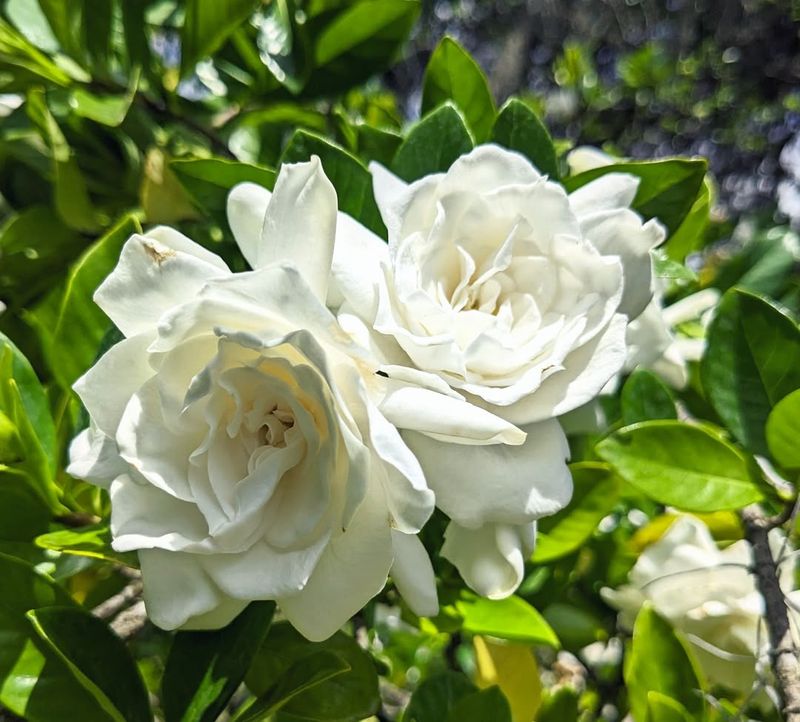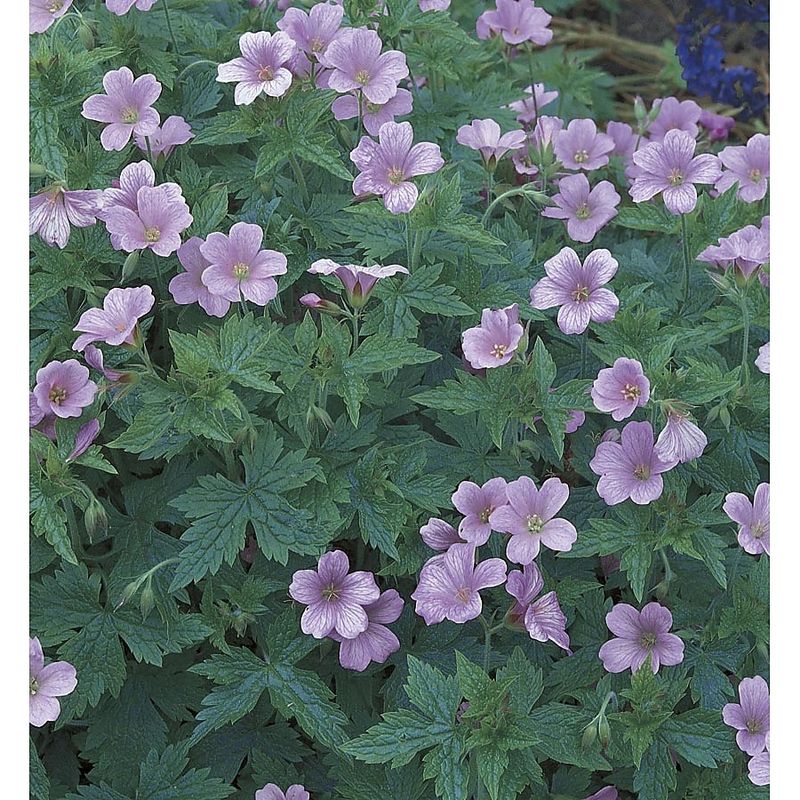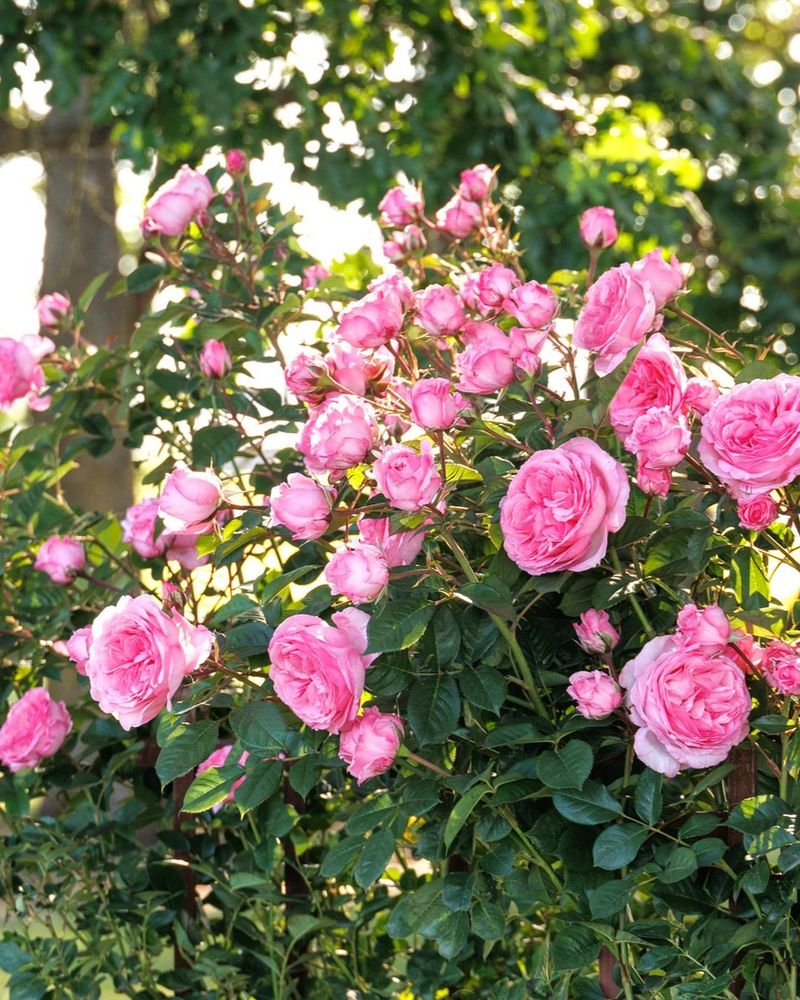Minnesota winters can be brutal on gardens, with temperatures plunging far below zero for weeks at a time. After years of heartbreak watching my favorite plants struggle and die, I’ve learned some tough lessons about what works in our challenging climate.
My gardening journal is filled with both successes and failures that taught me to respect Mother Nature’s power in the North.
1. Lavender Dreams Crushed
English lavender looked so beautiful in my summer garden, with its purple blooms and heavenly scent. I planted it everywhere the first year, imagining a fragrant paradise.
When spring arrived after that first winter, not a single plant survived. Our soggy, freezing soil was simply too much for these Mediterranean natives. Now I grow it in containers and bring it indoors when temperatures drop, satisfying my lavender cravings without the heartbreak.
2. Rosemary: Gone Too Soon
My kitchen windowsill felt empty without fresh rosemary for cooking. Despite countless warnings from local gardeners, I stubbornly planted it directly in the ground, convinced my sheltered south-facing garden would protect it.
By January, the plants were crispy brown sticks. Zone 4 winters simply demand too much from this Mediterranean herb. These days, I keep rosemary in pots year-round, bringing them inside before the first frost hits in October.
3. Butterfly Bush Betrayal
The garden center employee promised the butterfly bush would survive our winters. “Just mulch heavily,” she said with confidence. I fell for those gorgeous purple blooms and butterfly-attracting powers.
After three consecutive springs finding nothing but dead wood, I finally accepted reality. Even with protection, butterfly bushes rarely survive Minnesota’s deep freezes. I’ve switched to native alternatives like Joe-Pye weed and bee balm that actually thrive in our harsh climate.
4. Hydrangea Heartbreak
Big-leaf hydrangeas haunted my garden dreams with their spectacular blue and pink blooms. I planted three expensive varieties, carefully following every winter protection recommendation in the book.
Each spring brought the same disappointment – dead stems to the ground. While they’d regrow, the flowers never appeared since they bloom on old wood. Now I stick to native oakleaf and panicle hydrangeas that actually flower reliably after our brutal winters.
5. Japanese Maple Misery
My neighbor’s gorgeous Japanese maple in Chicago inspired me to plant one in my Minneapolis yard. The delicate red leaves looked stunning all summer, and I babied that expensive tree like it was my child.
Winter winds and -30°F temperatures proved too much, killing it to the roots. The second attempt died even faster. I’ve learned to appreciate our native maples instead – river and sugar maples handle Minnesota winters without complaint while providing beautiful fall color.
6. Crape Myrtle Catastrophe
Southern gardening magazines filled my head with visions of crape myrtle’s gorgeous summer blooms. “Zone 5 varieties exist!” the articles promised, and I convinced myself our microclimate might work.
After watching two plants struggle pathetically and die by February, reality hit hard. Sometimes gardening means accepting geographic limitations. I’ve replaced them with equally beautiful but Minnesota-tough ninebark shrubs that provide similar visual interest with none of the winter drama.
7. Fig Tree Fiasco
Fresh figs became an obsession after tasting them on vacation. Online forums suggested that with proper wrapping and insulation, fig trees could survive northern winters. Challenge accepted!
Despite elaborate winter protection involving burlap, straw, and even heating cables, my fig trees never stood a chance against sustained -20°F temperatures. I’ve learned to grow them in large containers that move to the garage each winter – not ideal, but we get actual figs!
8. Gardenia Gone Wrong
The intoxicating scent of gardenia flowers convinced me to try growing one outdoors. “With enough protection, maybe it could work,” I foolishly thought, ignoring the plant’s tropical origins.
One Minnesota winter was all it took to kill it completely. Our dry indoor heating proved nearly as deadly when I tried growing it as a houseplant. Some plants simply belong elsewhere! I’ve learned to enjoy gardenias in bouquets and leave the growing to southern gardeners.
9. Perennial Geranium Disappointment
Hardy geraniums seemed like a safe bet for our climate. The garden center labeled them “perennial” and the tag showed Zone 4 hardiness. I planted dozens along my front walkway, creating a beautiful summer display.
Spring revealed only a few survivors from the original planting. Our heavy clay soil held too much moisture during freeze-thaw cycles, rotting their roots. Now I grow them in raised beds with excellent drainage, where they actually return reliably year after year.
10. Climbing Rose Regrets
The climbing rose on the garden center trellis looked magnificent, covered in pink blooms. “Zone 4 hardy!” the tag proclaimed, and I envisioned it covering my pergola in gorgeous flowers.
Minnesota winters had other plans. Even with mounding soil and wrapping in burlap, the canes died back to the ground every year. I’ve switched to native climbing vines like Virginia creeper and American bittersweet that handle our winters without special treatment and still provide beautiful structure.

